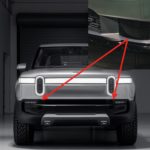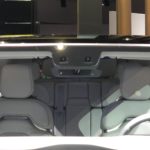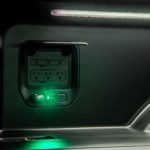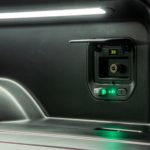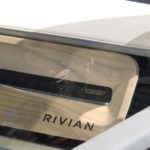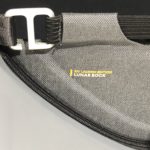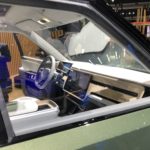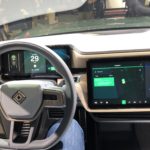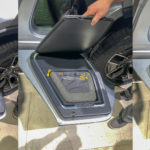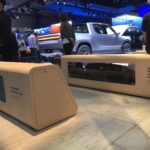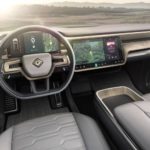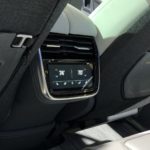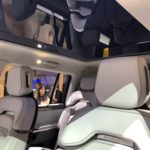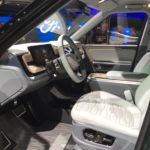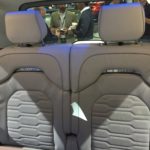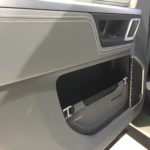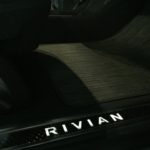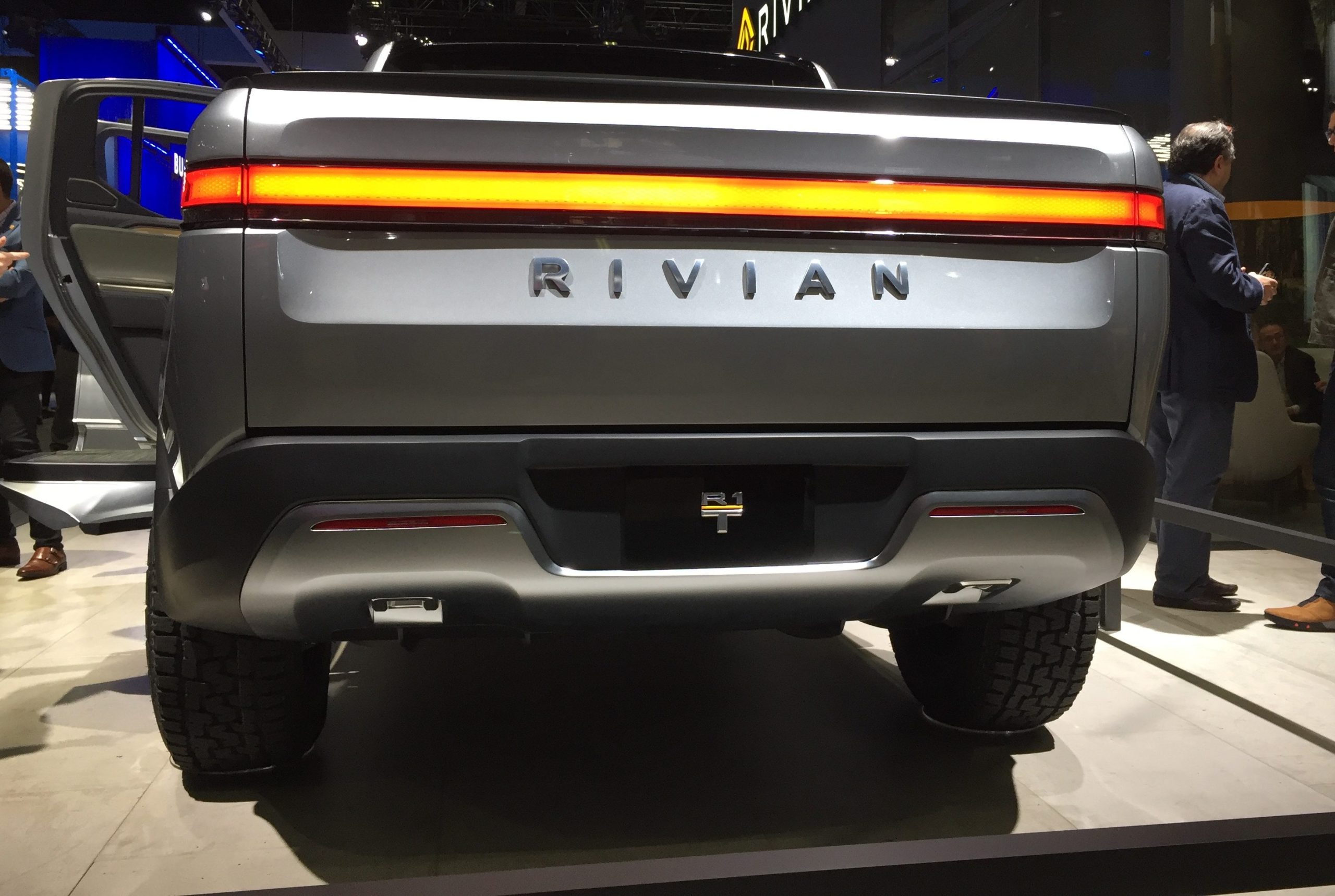
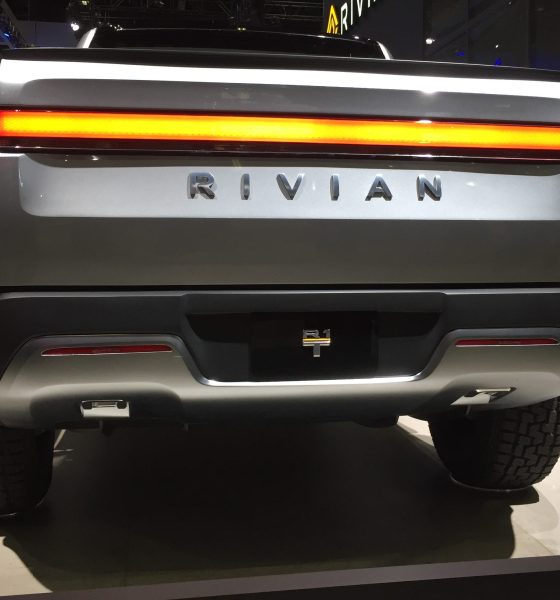
News
Rivian R1T and R1S: Top 10 hidden features that make an electric off-road vehicle
Rivian came out of the shadows this week with a bang, unveiling two impressive all-electric luxury adventure vehicles — the R1T pickup truck and the R1S SUV. While both vehicles are armed to the teeth with cutting-edge tech, the R1T and the R1S are true-blooded off-road machines that are as capable off the beaten path as they are on paved highways.
The R1T and the R1S share the same platform, and both vehicles carry the brand’s no-compromises approach to utility and storage. Inasmuch as details of the two electric vehicles have caught the eye of the auto community, though, it should be noted that Rivian’s pickup truck and SUV have a number of compelling, almost “hidden” features that are yet to be discussed. Here are ten of the most notable.
1. Dual LiDAR and front-facing cameras for semi-autonomous driving
Rivian notes that both the R1T and the R1S will eventually be capable of Level 3 Self-Driving on highways. To accomplish this, the company has equipped the R1T and the R1S with a suite of cameras, radar, ultrasonic sensors, high-precision GPS technologies, and LiDAR. Images taken by Teslarati reveal that two of the cameras are found behind the vehicles’ rearview mirror, while their two LiDAR units are situated below the pickup truck and the SUV’s “Stadium” headlights.
- (Photos: Rivian, Christian Prenzler)
- (Photo: Christian Prenzler)
2. USB-C Ports, 110v outlets, and air compressors
At the back of the Rivian R1T pickup truck bed lies a set of 3 USB-C and 3 110V outlets, which would be an invaluable feature for owners who love to camp outdoors (the feature pretty much makes the R1T into a giant power bank). The built-in air compressor will also be useful for owners who are transporting bikes and inflatables during trips.
- (Photo: Rivian)
- (Photo: Rivian)
3. R1T liftgate and truck bed tricks
Both the R1T’s liftgate and truck bed are electric-powered, which gives the vehicle some nifty tricks. With the touch of a button, owners could open the pickup’s liftgate in either a 90-degree or 180-degree angle, the former being incredibly useful for transporting long cargo and the latter being a perfect way to access items on the truck bed easily. The R1T is also capable of automatically deploying or retracting its bed covering, which protects cargo from dirt and rain, to name a few.
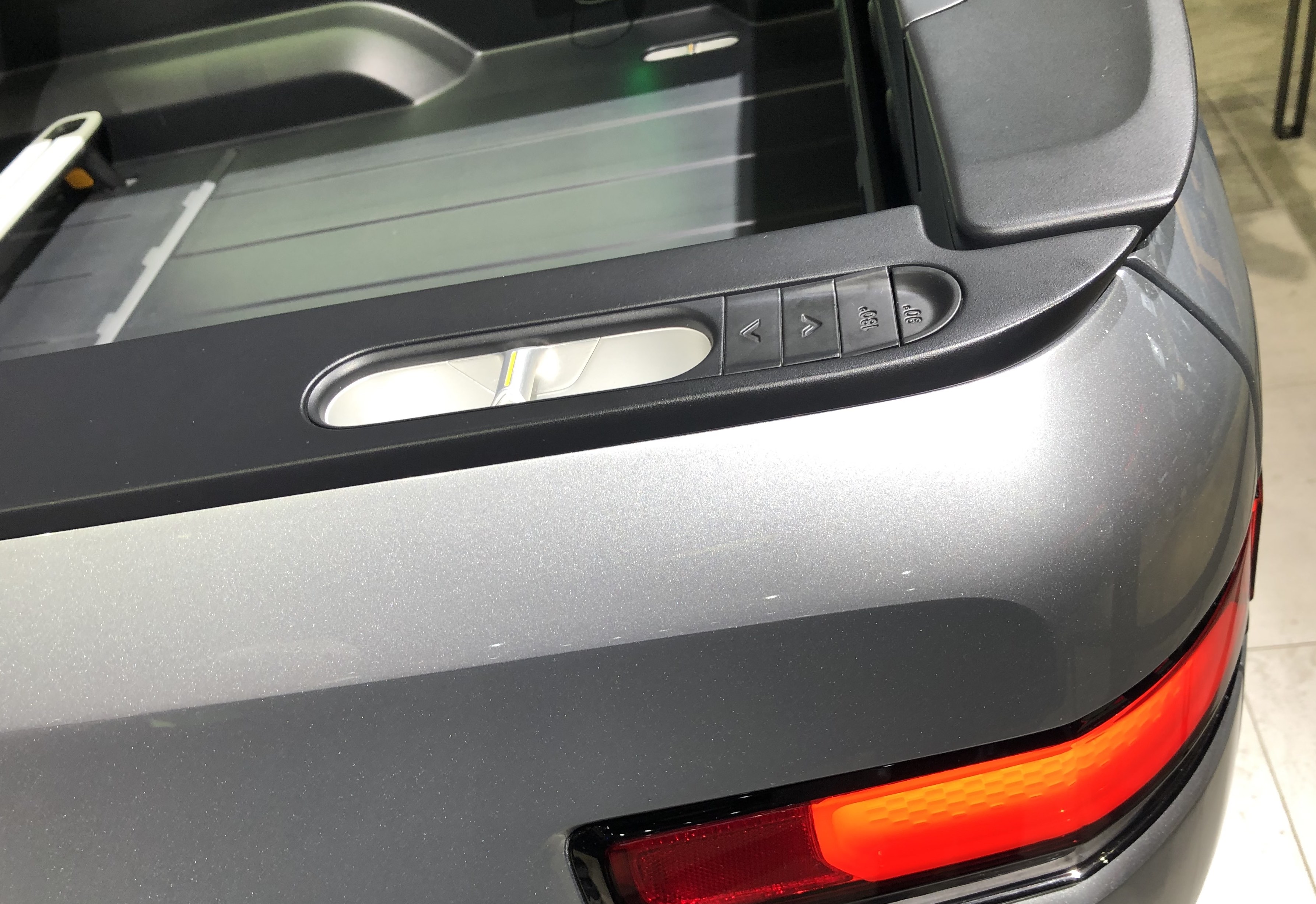

4. Removable Carbon Fiber Aero Wheel inserts
Rivian’s R1T pickup truck debuted with a set of wheels that featured what appeared to be carbon fiber Aero inserts. Such design elements maximize range and improve battery efficiency, as observed by Tesla Model 3 owners who tested their electric sedan’s consumption with and without Aero covers in place. Considering that Rivian’s vehicles are built for tough environments, optimizations such as Aero inserts could go a long way in ensuring that the vehicles get as much range as they can.
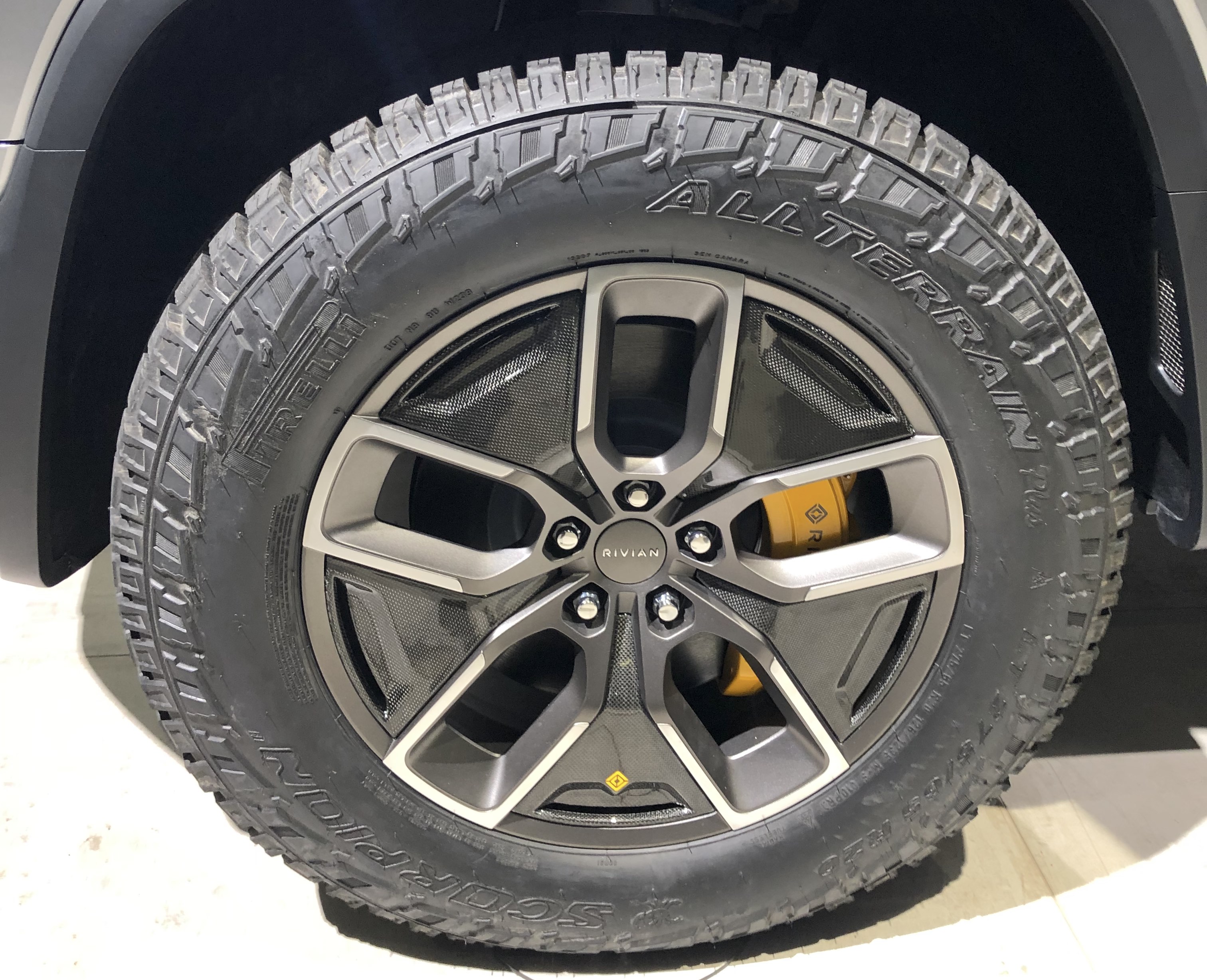
5. Rivian’s “Launch Edition Lunar Rock” variant
While Rivian is yet to announce if it would release a special trim for its first production vehicles, similar to Tesla’s “Founders Series” and Audi’s “Edition One” for the e-tron SUV, photos of the R1S that we captured show a distinct branding — “Riv Launch Edition Lunar Rock.” As such, early reservation holders of Rivian’s luxury electric vehicles would likely find themselves in a special edition vehicle.
- Details of the Rivian R1T and the Rivian R1S. [Credit: Chistian Prenzler/Teslarati]
- Details of the Rivian R1T and the Rivian R1S. [Credit: Chistian Prenzler/Teslarati]
6. Ventless HVAC
Both the Rivian R1T and the R1S feature vents with automated controls, with the pickup truck and SUV’s air conditioning being managed by the vehicles’ fully-automated “Ambient AC” system. If the EV community’s warm reception to the Model 3’s air vents is any indication, there is a good chance that customers would be fond of the R1T and R1S’ “Ambient AC” system as well.
- Details of the Rivian R1T and the Rivian R1S. [Credit: Chistian Prenzler/Teslarati]
7. “Gear Tunnel” compartments
A key feature of the Rivian R1T is its “Gear Tunnel,” a storage space that runs the entire width of the pickup truck and is optimized to store long items such as fishing rods and golf clubs. That’s not all, though, as even the Gear Tunnel’s covers have hidden storage in them, which could fit a small bag. Considering the potential of the storage space, perhaps Rivian could even introduce a sliding rail for the Gear Tunnel in the future, which would make retrieving items easier.
- (Photo: Christian Prenzler)
- Details of the Rivian R1T and the Rivian R1S. [Credit: Chistian Prenzler/Teslarati]
8. Infotainment systems front and back
Both the Rivian R1T and the R1S are loaded to the teeth with tech. This is evident in the robust touchscreen interfaces on the vehicle, from the large center console in front to a smaller 6.8-inch touchscreen at the back, where passengers can set their preferences for features such as climate control.
- The Rivian R1S dashboard. [Credit: Rivian]
- (Photo: Christian Prenzler)
9. A cool, hidden flashlight
Being an adventure vehicle, the R1T and the R1S are fitted with a novel and very practical feature — a flashlight embedded on the vehicle’s front doors. Simple? Yes. Useful for the outdoors? Most certainly.
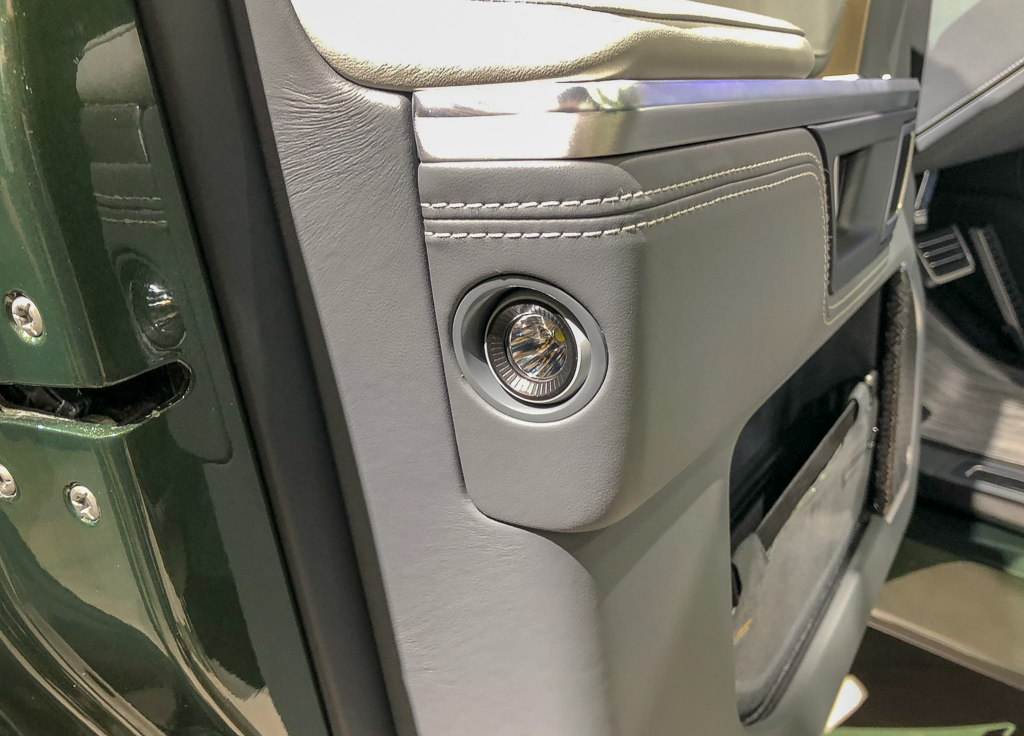
10. Eco-friendly flourishes
Rivian has made it a point to equip its vehicles with materials that are premium and eco-friendly at the same time. The floor mats, for example, are made from a thin, lightweight materials that almost feels like carbon fiber. The vehicles’ seats are covered in vegan-friendly materials as well. The company’s attention to detail is also notable, as evidenced by the subtle flourishes of the Rivian branding in areas such as the dashboard.
- Details of the Rivian R1T and the Rivian R1S. [Credit: Chistian Prenzler/Teslarati]
- Details of the Rivian R1T and the Rivian R1S. [Credit: Chistian Prenzler/Teslarati]
- Details of the Rivian R1T and the Rivian R1S. [Credit: Chistian Prenzler/Teslarati]
- Details of the Rivian R1T and the Rivian R1S. [Credit: Chistian Prenzler/Teslarati]
- Details of the Rivian R1T and the Rivian R1S. [Credit: Chistian Prenzler/Teslarati]
Reservations for the R1T pickup truck and the R1S SUV are now open. Interested customers can place a refundable $1,000 deposit for each of the vehicles here. Rivian expects to begin production of the R1T in 2020, followed by the R1S in 2021.

Elon Musk
GM CEO Mary Barra says she told Biden to give Tesla and Musk EV credit
“He was crediting me, and I said, ‘Actually, I think a lot of that credit goes to Elon and Tesla…You know me, Andrew. I don’t want to take credit for things.”

General Motors CEO Mary Barra said in a new interview on Wednesday that she told President Joe Biden to credit Tesla and its CEO, Elon Musk, for the widespread electric vehicle transition.
She said she told Biden this after the former President credited her and GM for leading EV efforts in the United States.
During an interview at the New York Times Dealbook Summit with Andrew Ross Sorkin, Barra said she told Biden that crediting her was essentially a mistake, and that Musk and Tesla should have been explicitly mentioned (via Business Insider):
“He was crediting me, and I said, ‘Actually, I think a lot of that credit goes to Elon and Tesla…You know me, Andrew. I don’t want to take credit for things.”
GM CEO Mary Barra said to Andrew Sorkin at the New York Times Dealbook Summit that she pulled President Biden aside and said Tesla CEO @elonmusk deserved the credit for EVs:
“He was crediting me, and I said, ‘Actually, I think a lot of that credit goes to Elon and Tesla,’” Barra… pic.twitter.com/OHBTG1QfbJ
— TESLARATI (@Teslarati) December 3, 2025
Back in 2021, President Biden visited GM’s “Factory Zero” plant in Detroit, which was the centerpiece of the company’s massive transition to EVs. The former President went on to discuss the EV industry, and claimed that GM and Barra were the true leaders who caused the change:
“In the auto industry, Detroit is leading the world in electric vehicles. You know how critical it is? Mary, I remember talking to you way back in January about the need for America to lead in electric vehicles. I can remember your dramatic announcement that by 2035, GM would be 100% electric. You changed the whole story, Mary. You did, Mary. You electrified the entire automotive industry. I’m serious. You led, and it matters.”
People were baffled by the President’s decision to highlight GM and Barra, and not Tesla and Musk, who truly started the transition to EVs. GM, Ford, and many other companies only followed in the footsteps of Tesla after it started to take market share from them.
Elon Musk and Tesla try to save legacy automakers from Déjà vu
Musk would eventually go on to talk about Biden’s words later on:
“They have so much power over the White House that they can exclude Tesla from an EV Summit. And, in case the first thing, in case that wasn’t enough, then you have President Biden with Mary Barra at a subsequent event, congratulating Mary for having led the EV revolution.”
In Q4 2021, which was shortly after Biden’s comments, Tesla delivered 300,000 EVs. GM delivered just 26.
News
Tesla Full Self-Driving shows confident navigation in heavy snow
So far, from what we’ve seen, snow has not been a huge issue for the most recent Full Self-Driving release. It seems to be acting confidently and handling even snow-covered roads with relative ease.
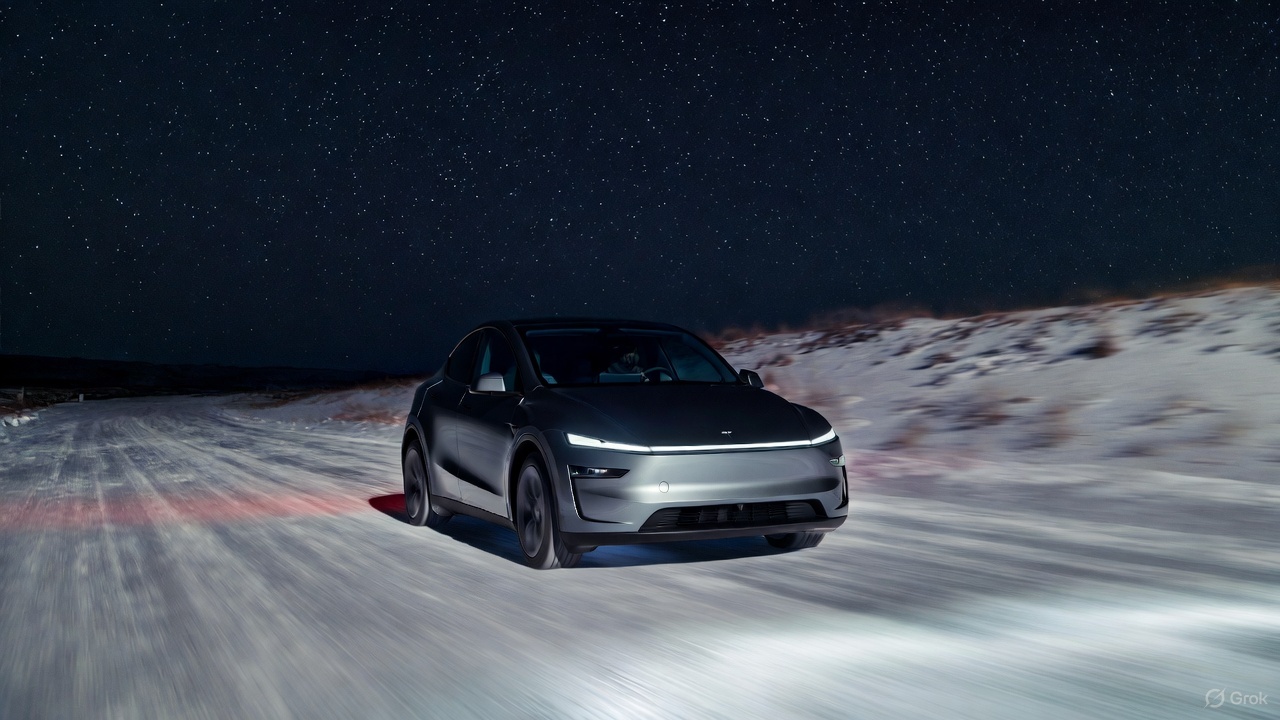
Tesla Full Self-Driving is getting its first taste of Winter weather for late 2025, as snow is starting to fall all across the United States.
The suite has been vastly improved after Tesla released v14 to many owners with capable hardware, and driving performance, along with overall behavior, has really been something to admire. This is by far the best version of FSD Tesla has ever released, and although there are a handful of regressions with each subsequent release, they are usually cleared up within a week or two.
Tesla is releasing a modified version of FSD v14 for Hardware 3 owners: here’s when
However, adverse weather conditions are something that Tesla will have to confront, as heavy rain, snow, and other interesting situations are bound to occur. In order for the vehicles to be fully autonomous, they will have to go through these scenarios safely and accurately.
One big issue I’ve had, especially in heavy rain, is that the camera vision might be obstructed, which will display messages that certain features’ performance might be degraded.
So far, from what we’ve seen, snow has not been a huge issue for the most recent Full Self-Driving release. It seems to be acting confidently and handling even snow-covered roads with relative ease:
FSD 14.1.4 snow storm Ontario Canada pic.twitter.com/jwK1dLYT0w
— Everything AI (@mrteslaspace) November 17, 2025
I found the steepest, unplowed hill in my area and tested the following:
• FSD 14.2.1 on summer tires
• FSD 14.2.1 on winter tires
• Manual drivingBut I think the most impressive part was how FSD went DOWN the hill. FSD in the snow is sublime $TSLA pic.twitter.com/YMcN7Br3PU
— Dillon Loomis (@DillonLoomis) December 2, 2025
Well.. I couldn’t let the boys have all the fun!
Threw the GoPro up and decided to FSD v14.2.1 in the snow. Roads were not compacted like the other day, a little slippery, but overall doable at lower speeds. Enjoy the video and holiday music 🎶
Liked:
Took turns super slow… pic.twitter.com/rIAIeh3Zu3— 🦋Diana🦋 (@99_Colorado) December 3, 2025
Moving into the winter months, it will be very interesting to see how FSD handles even more concerning conditions, especially with black ice, freezing rain and snow mix, and other things that happen during colder conditions.
We are excited to test it ourselves, but I am waiting for heavy snowfall to make it to Pennsylvania so I can truly push it to the limit.
News
Tesla hosts Rome Mayor for first Italian FSD Supervised road demo
The event marked the first time an Italian mayor tested the advanced driver-assistance system in person in Rome’s urban streets.
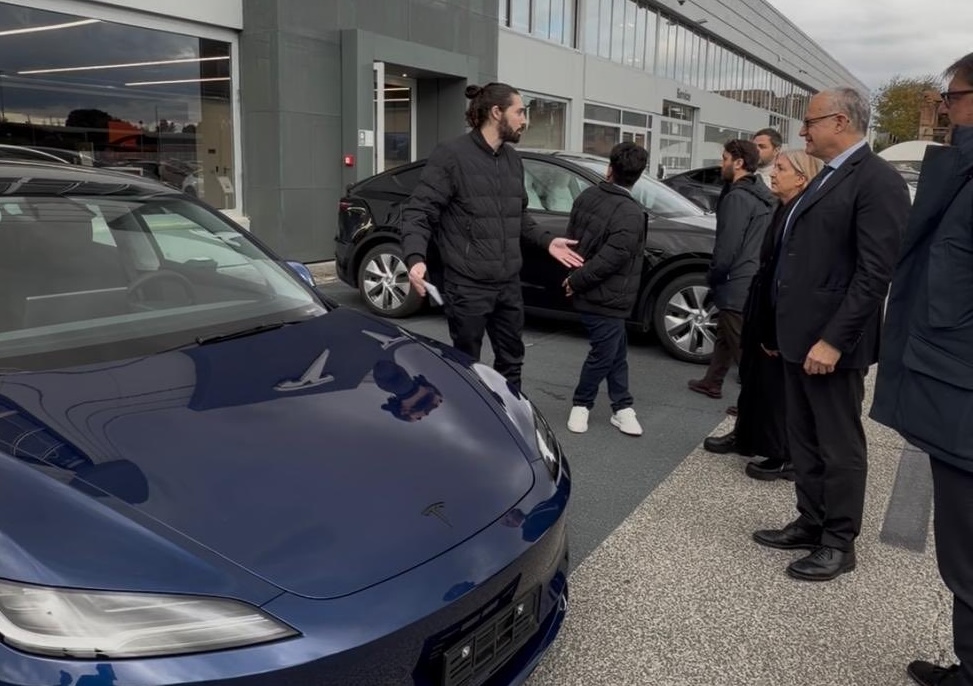
Tesla definitely seems to be actively engaging European officials on FSD’s capabilities, with the company hosting Rome Mayor Roberto Gualtieri and Mobility Assessor Eugenio Patanè for a hands-on road demonstration.
The event marked the first time an Italian mayor tested the advanced driver-assistance system in person in Rome’s urban streets. This comes amid Tesla’s push for FSD’s EU regulatory approvals in the coming year.
Rome officials experience FSD Supervised
Tesla conducted the demo using a Model 3 equipped with Full Self-Driving (Supervised), tackling typical Roman traffic including complex intersections, roundabouts, pedestrian crossings and mixed users like cars, bikes and scooters.
The system showcased AI-based assisted driving, prioritizing safety while maintaining flow. FSD also handled overtakes and lane decisions, though with constant driver supervision.
Investor Andrea Stroppa detailed the event on X, noting the system’s potential to reduce severe collision risks by up to seven times compared to traditional driving, based on Tesla’s data from billions of global fleet miles. The session highlighted FSD’s role as an assistance tool in its Supervised form, not a replacement, with the driver fully responsible at all times.
Path to European rollout
Tesla has logged over 1 million kilometers of testing across 17 European countries, including Italy, to refine FSD for local conditions. The fact that Rome officials personally tested FSD Supervised bodes well for the program’s approval, as it suggests that key individuals are closely watching Tesla’s efforts and innovations.
Assessor Patanè also highlighted the administration’s interest in technologies that boost road safety and urban travel quality, viewing them as aids for both private and public transport while respecting rules.
Replies on X urged involving Italy’s Transport Ministry to speed approvals, with one user noting, “Great idea to involve the mayor! It would be necessary to involve components of the Ministry of Transport and the government as soon as possible: it’s they who can accelerate the approval of FSD in Italy.”
